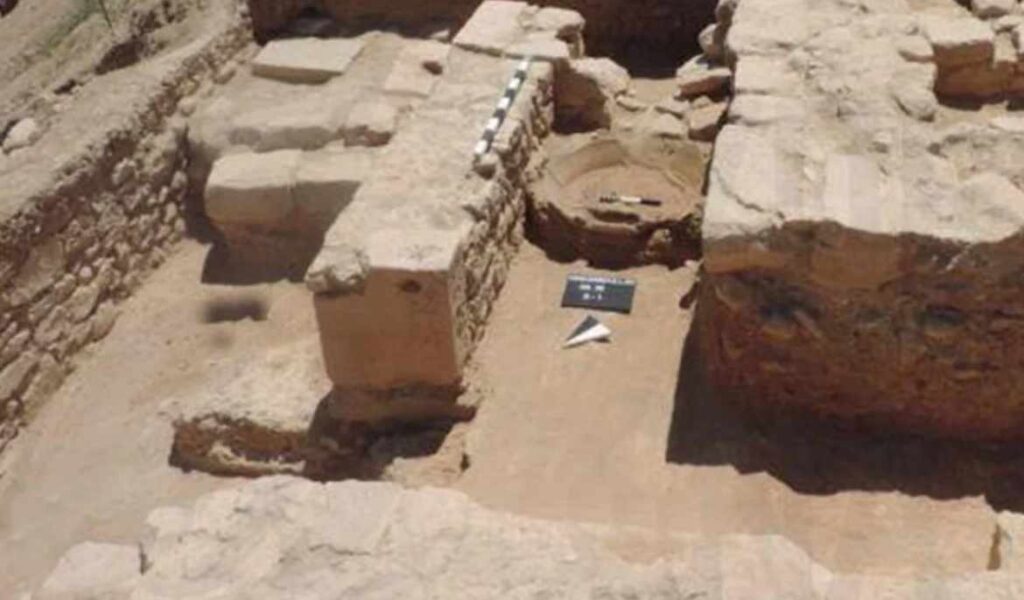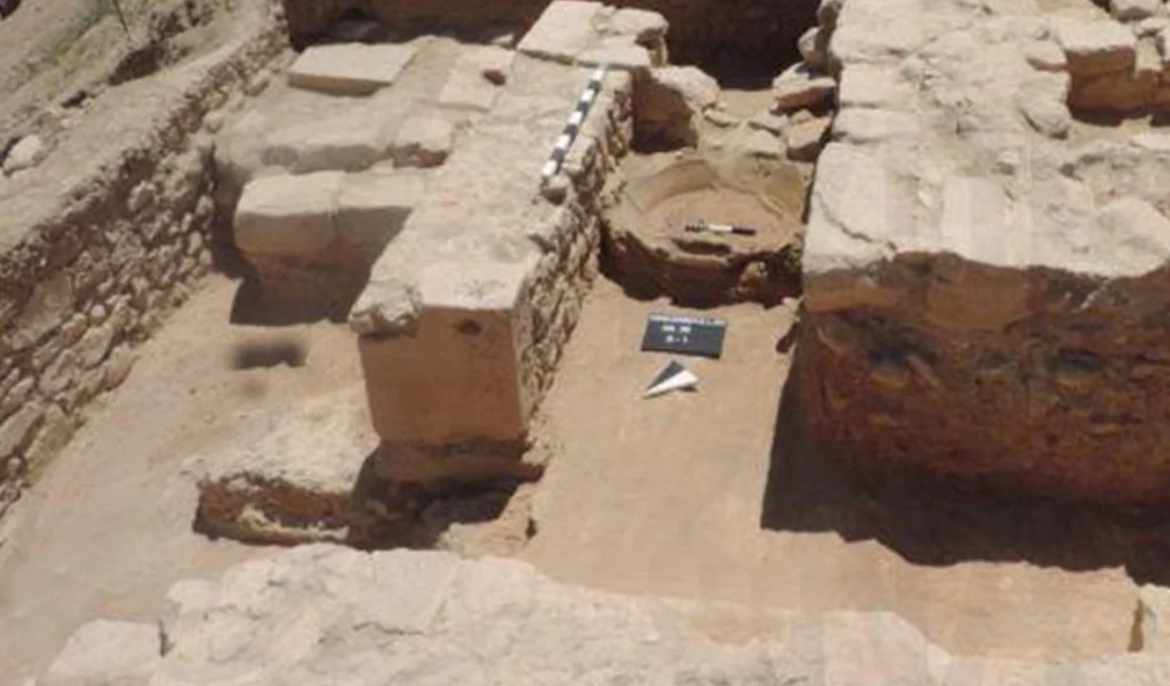Signs of human activity dating back to the first millennium BC on the western terrace of the Amathus Acropolis in Limassol were revealed by recent excavations, the department of antiquities said on Tuesday.
Archaeologists uncovered building remains and pottery fragments beneath layers of collapse at two separate points.
New findings suggest the western terrace of the ancient city’s acropolis may have been used by humans as early as the first millennium BC.
The discoveries, which include roof tiles, commercial amphorae and a north-south wall section, suggest earlier occupation than previously documented.
The excavation was launched in April following a geophysical survey which indicated the possible presence of structures.
Two trenches were opened. In one, researchers found a dense layer of tiles thought to date from the Late Roman period. In another, collapsed stones likely from a dry wall were revealed.
Pottery from both trenches was mixed and varied in age.
Experts believe the abundance of ceramics, along with other materials, points to human activity in the area from as early as the first millennium BC, centuries before the better-documented Roman presence on the site.
Amathus was one of the island’s main city-kingdoms in antiquity.
The French archaeological mission had carried out limited digs in the same area in the 1970s, when they uncovered a monumental wall built with large cornerstones. That wall was believed to be either a retaining or defensive structure.
Earlier still, the department of antiquities had investigated the western terrace in the 1960s.
The latest work builds on those earlier campaigns, but adds evidence of even earlier use.
The excavation is part of a wider project by the French school at Athens, France’s foreign ministry, and the Hisoma research centre in Lyon, under the direction of Dr Anna Cannavo.



